Table of contents
- Introduction: Is It a Fruit or a Vegetable?
- 1. Tomato – The Classic Culprit
- 2. Cucumber – The Cool Fruit
- 3. Zucchini (Courgette) – Summer Fruit in Disguise
- 4. Pumpkin – The Festive Fruit
- 5. Squash – A Family of Fruits
- 6. Bell Pepper – The Sweet or Spicy Fruit
- 7. Avocado – The Creamy Drupe
- 8. Eggplant (Aubergine) – The Purple Berry
- 9. Pea Pod – A Legume, But Still a Fruit
- 10. Coconut – The Nutty Fruit
- Why Knowing the Difference Between Fruits and Vegetables Matters
- FAQs
- Conclusion: Rethinking What Belongs in the Fruit Bowl
Introduction: Is It a Fruit or a Vegetable?
🍅 Your salad might just be a fruit bowl in disguise
From the juicy tomato to the crunchy cucumber, plenty of what we toss into savoury meals are, technically speaking, fruits – at least if you’re asking a botanist. This article explores the difference between fruits and vegetables, and it’s packed with common fruits we often mistake for vegetables.
🔍 Why the mix-up?
It all boils down to two different ways of looking at food:
- Botanical: If it grows from a flower and has seeds, it’s a fruit.
- Culinary: If it’s savoury and used in main meals, we tend to call it a vegetable.
So that pepper in your stir-fry? The avocado on your toast? Yep – fruits. And yes, a tomato is a fruit, no matter how much your instincts say otherwise.
📚 What this article’s all about
We’re digging into 10 everyday fruits most people call vegetables. Whether you’re:
- Growing your own grub
- Cooking up a feast
- Or just love learning weird and wonderful facts
This list might just change the way you look at your plate – and give you some trivia ammo next time someone questions your food facts. If you’re curious about growing fruit at home, check out our guide to the best seedless grapevines for the UK.
🌱 Let’s get stuck in!
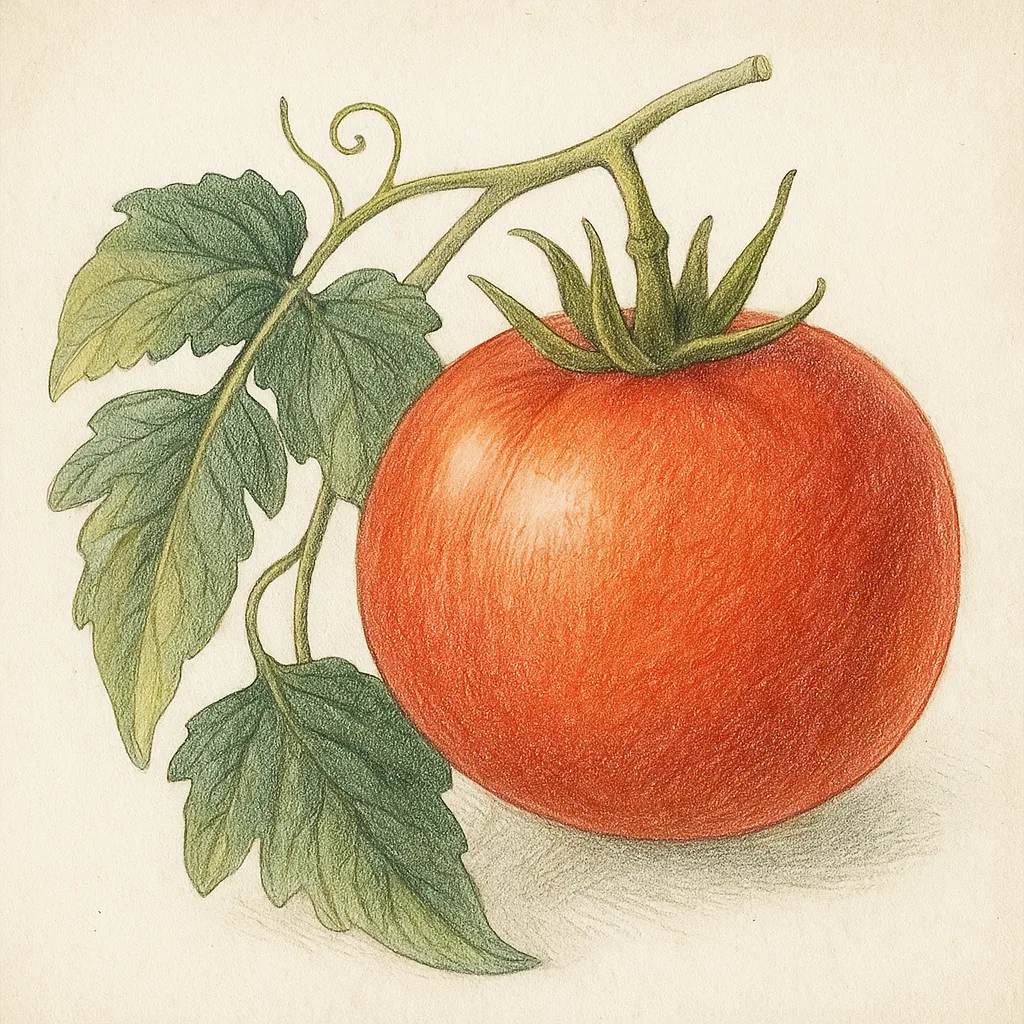
1. Tomato – The Classic Culprit
If there’s one food that always stirs up the fruit vs vegetable debate, it’s the tomato. We chuck it into pasta sauces, salads, and sandwiches like it’s a textbook veg. But if you ask a botanist? It’s a fruit – and not just any fruit, but a berry.
Is a tomato a fruit or vegetable?
It’s a classic question. Botanically, it’s 100% fruit. A botanical fruit grows from the flower of a plant and carries seeds – and tomatoes tick both boxes. They develop straight from the flowering part and are packed full of seeds inside.
Tomatoes in court? Yep.
And get this – tomatoes even made it to court. Back in 1893, the U.S. Supreme Court ruled in Nix v. Hedden that tomatoes should be taxed as vegetables. Why? Because they’re usually served in savoury dishes. It didn’t change what they are, but it locked in the veggie label for most people.
So what’s the verdict?
Next time you’re slicing one for your toast or tossing it into a salad, just remember: tomatoes are fruit – whether they taste like it or not.
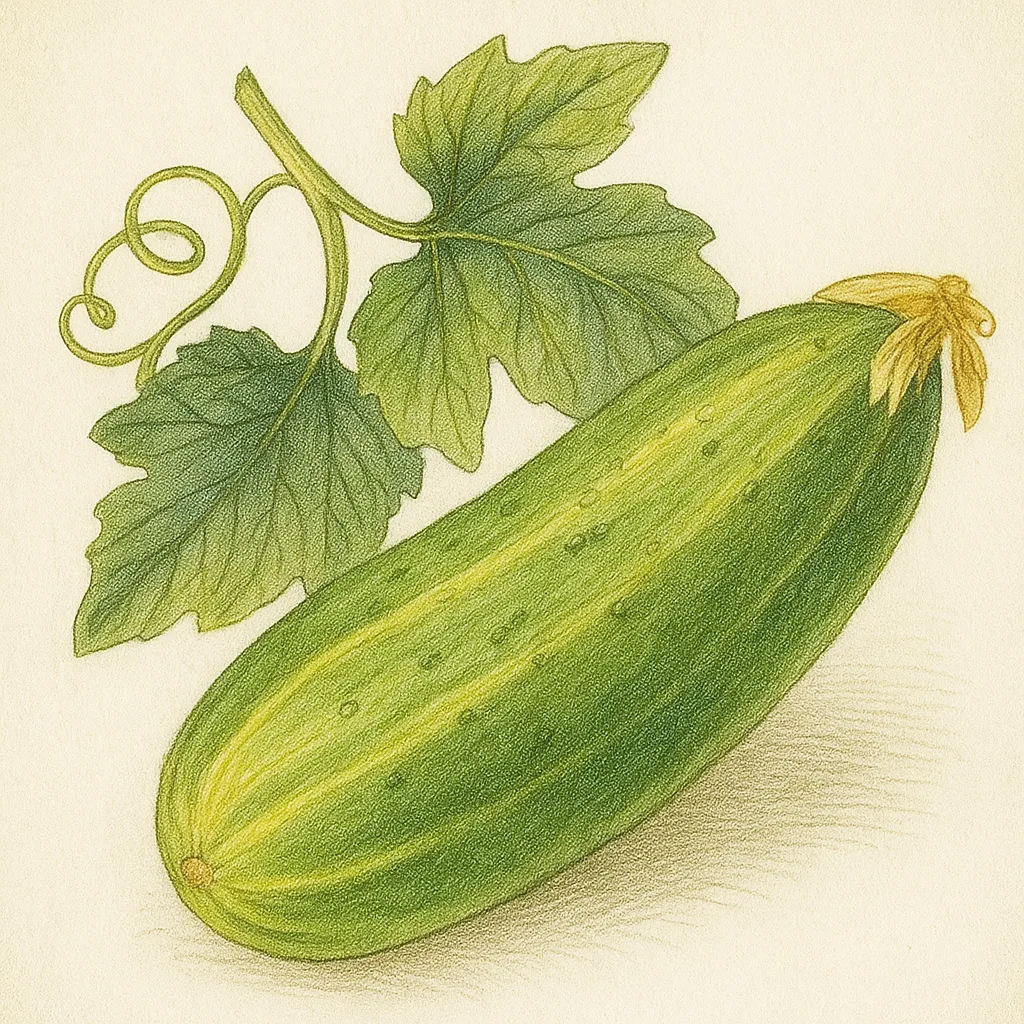
2. Cucumber – The Cool Fruit
Here’s one that catches most people out – cucumbers are fruits. It’s a question that comes up more often than you’d think: is cucumber a fruit or vegetable? Botanically, it’s firmly in the fruit camp.
Why is cucumber a fruit?
Cucumber is a fruit because it grows from the flowering part of the plant and comes packed with seeds. That’s the basic rule of thumb for what makes a fruit, and cucumbers tick all the boxes.
Part of the gourd family
They’re part of the gourd family (Cucurbitaceae), rubbing shoulders with pumpkins, squashes, and melons. Just like their cousins, they grow on vines and fruit after flowering.
Culinary confusion
They’re crisp, refreshing, and show up in almost every savoury dish going – which is probably why they’ve earned their veggie rep. But no matter how you slice it, they’re fruit through and through.
So next time you’re layering cucumber onto a sandwich or tossing it into a salsa, just know – you’re adding another fruit to the mix, whether it feels like it or not.

3. Zucchini (Courgette) – Summer Fruit in Disguise
Zucchini – or courgette, if you’re this side of the pond – is a proper kitchen shapeshifter. We grill it, roast it, spiral it into noodles, or chuck it into a loaf. Most of us treat it like a veg, but if you go by plant logic, it’s 100% fruit. In fact, it’s a type of berry called a pepo.
Is zucchini a fruit or vegetable?
Botanically, it’s a fruit because it grows from the female flower and carries seeds inside – classic fruit behaviour. That’s what places it in the fruit category, no matter how you cook it.
Part of the gourd gang
It’s also in the same gourd gang as cucumbers and pumpkins, and it loves soaking up the sun in a summer garden. This zucchini botanical classification makes it one of many fruits we treat like veg.
Versatile and sneaky
What’s brilliant about zucchini is how it straddles both savoury and sweet. You’ll find it in fritters, pasta, or even baked into chocolate cake. Whatever the recipe, its fruity roots stay the same.
So next time you’re slicing one up or giving it the spiraliser treatment, just know – you’re working with fruit, not veg. Sneaky, right?
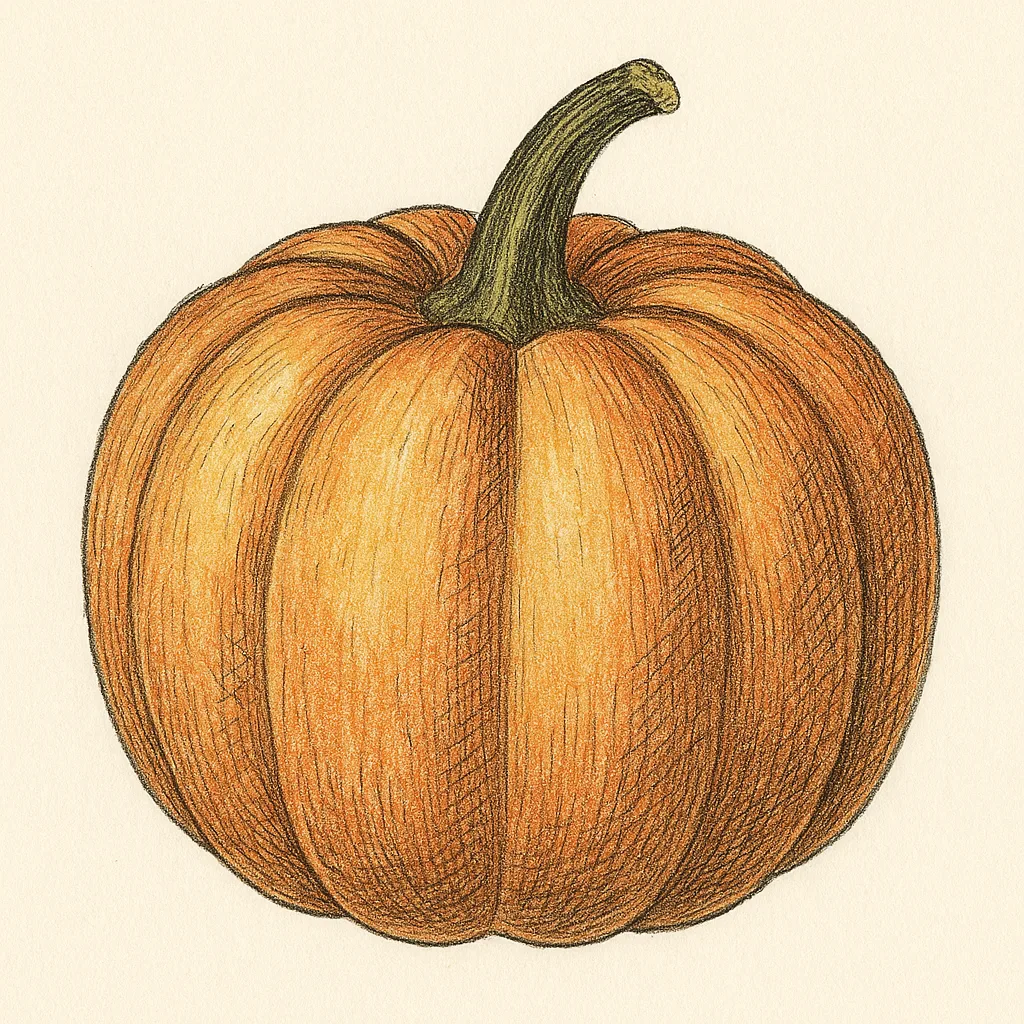
4. Pumpkin – The Festive Fruit
Pumpkins scream autumn – from jack-o’-lanterns on the doorstep to hearty soups and spiced-up pies in the kitchen. But here’s the kicker: despite all that savoury, seasonal use, pumpkins are 100% fruit.
Is pumpkin a fruit or vegetable?
It’s a question that pops up every year: is pumpkin a fruit or vegetable? Botanically, it’s a fruit because it develops from the flower and contains seeds. That’s the key factor in the pumpkin botanical classification.
Part of the gourd family
They sit firmly in the gourd family (Cucurbitaceae) alongside courgettes and cucumbers. Technically, pumpkins are a pepo – a type of berry with a hard shell. Their thick skin, stringy flesh, and seedy centre tick every box.
Used like a vegetable
Still, we chuck them into soups, stews, and roasts like they’re solid veg. Whether you’re roasting wedges, baking something sweet, or carving a face into one for Halloween, just know – you’re dealing with one of the biggest fruits on the block.

5. Squash – A Family of Fruits
If you’ve ever grown squash in your garden, you’ll know they turn up in all sorts of shapes, sizes, and colours. But here’s the thread that runs through them all: they’re fruit, plain and simple.
Is squash a fruit or vegetable?
It’s a question that pops up often – is squash a fruit or vegetable? Botanically speaking, squash is a fruit because it grows from the flower of the plant and carries seeds inside. That’s the core of the squash botanical classification.
From summer to winter
From soft-skinned summer squashes like pattypan and yellow crookneck to the firm, long-keeping winter types like butternut and acorn, every one of them fits the fruit profile.
Part of the gourd family
Like their cousins – pumpkin and courgette – squashes belong to the Cucurbitaceae (gourd) family. Their mix of textures and flavours makes them proper all-rounders in the kitchen. You can stuff ’em, roast ’em, mash ’em, or spiralise ’em – they’re just as happy in a curry as they are in a cake.
So whether it’s a bowl of creamy butternut soup or a tray of grilled summer squash, don’t forget – you’re serving up fruit, even if it doesn’t feel like it.

6. Bell Pepper – The Sweet or Spicy Fruit
Bell peppers – and their fiery cousins like chillies and jalapeños – are another one that catches people out. We chuck them into stir-fries, stuff them with rice, or roast them on a tray, all while thinking of them as solid veg. But really, they’re fruit through and through.
Is bell pepper a fruit or vegetable?
Bell pepper is a fruit because it develops from a flower and contains seeds. It’s a question many people ask: is bell pepper a fruit or vegetable? Botanically, it’s firmly in the fruit camp.
They grow from flowers and come packed with seeds – textbook fruit behaviour. As members of the nightshade family (Solanaceae), they sit alongside tomatoes and aubergines, who also wear a veggie disguise.
Colour and ripeness matter
Depending on when they’re picked, bell peppers shift in colour and flavour. The green ones are a bit more bitter and grassy, while the red, orange, and yellow types are sweeter and fully ripe. But whatever the colour, they’ve got fruit status locked in.
So next time you’re crunching on a raw slice or simmering them into a sauce, just remember – you’re enjoying one of the garden’s most colourful fruits, even if it’s wearing a savoury coat.

7. Avocado – The Creamy Drupe
Avocados might not be sweet, but they’re definitely fruit – and not just any fruit. They’re a drupe, like cherries, peaches, and mangoes. That means they have a fleshy outer layer wrapped around one big seed.
Is avocado a fruit or vegetable?
Avocado is a fruit because it grows from a flower and surrounds a single seed, ticking all the boxes for botanical fruit classification. People often ask: is avocado a fruit or vegetable? The answer’s fruit – no doubt about it.
What makes avocado unique?
What sets them apart is the texture – smooth, rich, and full of healthy fats that make them feel more like butter than fruit. It’s this unique quality that blurs the line between sweet and savoury.
We usually find them on the savoury side of things – smashed on toast, blended into guac, or tucked into a salad. But thanks to their creaminess, they’ve also crept into sweet treats like smoothies and even chocolate mousse.
So, no – you probably won’t find them in a fruit salad anytime soon, but there’s no getting around it. Avocados are fruit, through and through – and one of the most nutrient-dense fruits out there.
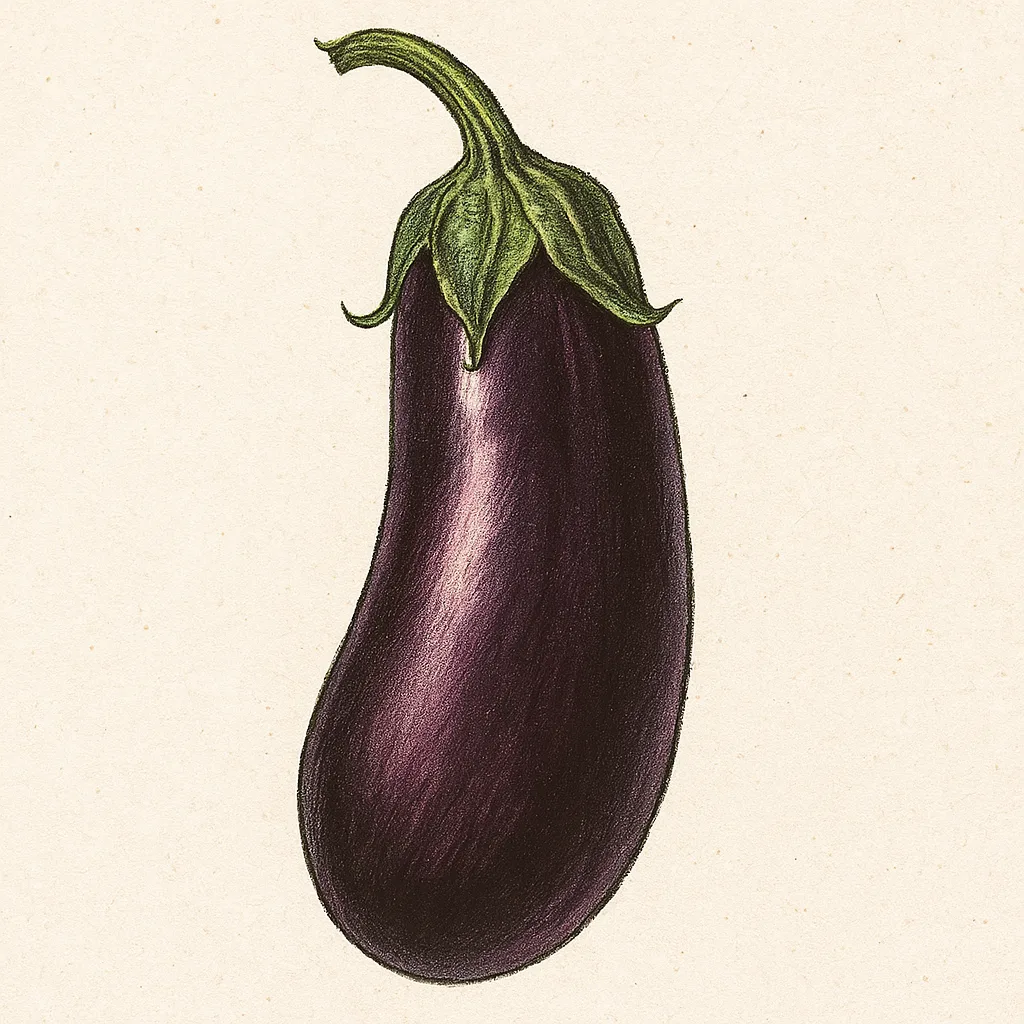
8. Eggplant (Aubergine) – The Purple Berry
Eggplants – or aubergines if you’re here in the UK – are one of those ingredients that always feels like a vegetable. They’re savoury, they’ve got that meaty texture, and they show up in all the right places. But technically? They’re fruit. Even more specifically – they’re berries.
Is eggplant a fruit or vegetable?
Eggplant is a fruit because it develops from the flower of the plant and contains seeds. It’s a common question: is eggplant a fruit or vegetable? Botanically, it’s a fruit – and in this case, a soft-skinned berry.
Eggplant botanical classification
Like tomatoes and peppers, eggplants belong to the nightshade family (Solanaceae). They grow from the flower and carry soft, edible seeds inside – ticking all the right boxes for fruit status and confirming their eggplant botanical classification.
A global flavour sponge
They’re a proper flavour sponge too. Whether you’re roasting them in ratatouille, scooping up baba ganoush, or layering them into moussaka, aubergines bring richness to loads of global dishes.
So next time you’re chopping one up, just remember – you’re working with fruit. A deep purple, savoury, and brilliantly spongy nightshade fruit that’s been hiding in plain sight.
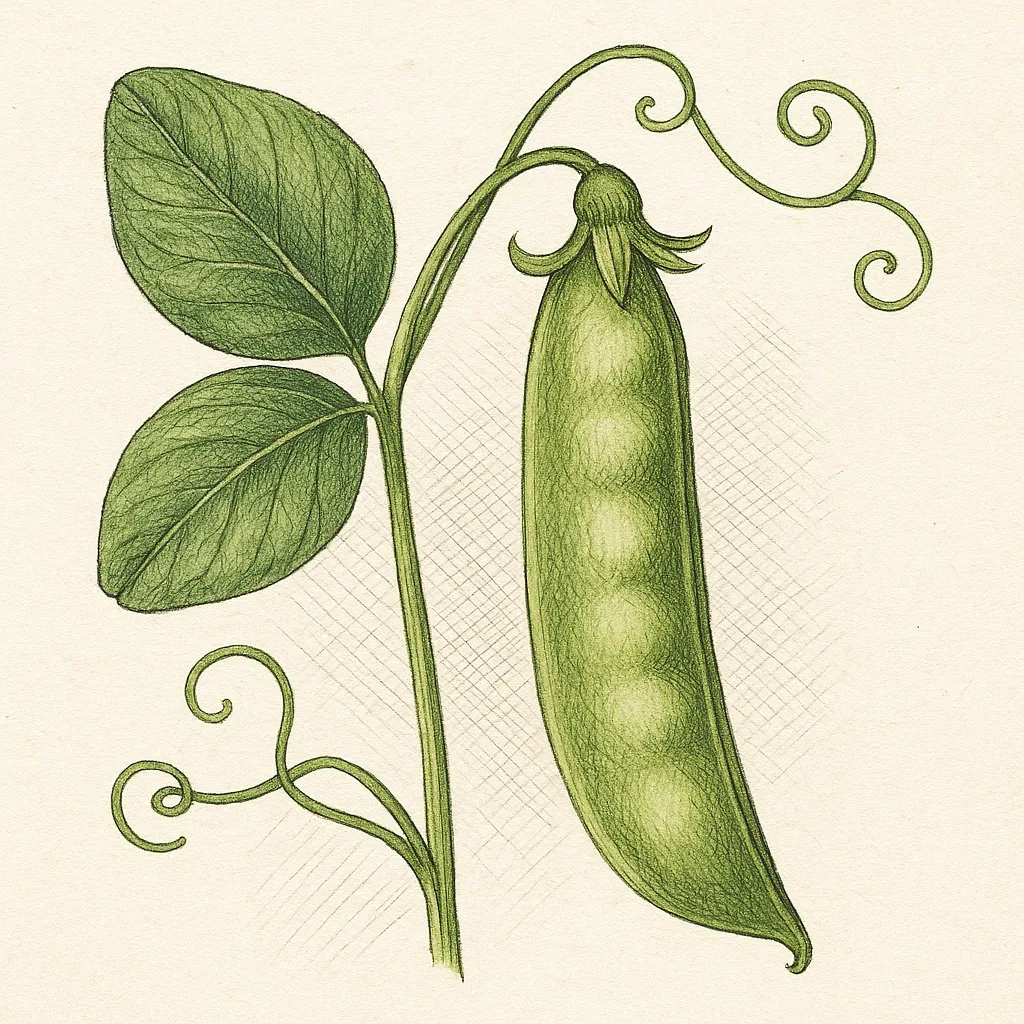
9. Pea Pod – A Legume, But Still a Fruit
It sounds odd at first, but yes – pea pods are technically fruit.
Is a pea pod a fruit or vegetable?
Pea pods are a fruit because they form from the flower of the plant and contain seeds. That’s the key botanical rule. If something grows from the flower’s ovary and carries seeds, it counts. Pea pods tick all those boxes without fuss.
The pea pod classification
The peas inside are the seeds, and the pod is the fruit that holds them. That lands them firmly in the legume family, alongside beans, lentils, and even peanuts.
So, are peas a fruit or vegetable? The answer might surprise you – they’re both. They play double duty, and that’s what makes their pea pod classification so unique.
Fruits in the legume family
We usually throw peas into risottos, stews, or stir-fries without a second thought – always treating them as veg. But dig a little deeper into the botany, and you’ll see they’re both seed and fruit rolled into one.
So, next time you’re snapping sugar snaps or shelling garden peas, just know – you’re handling one of the sneakiest little fruits in the legume family.
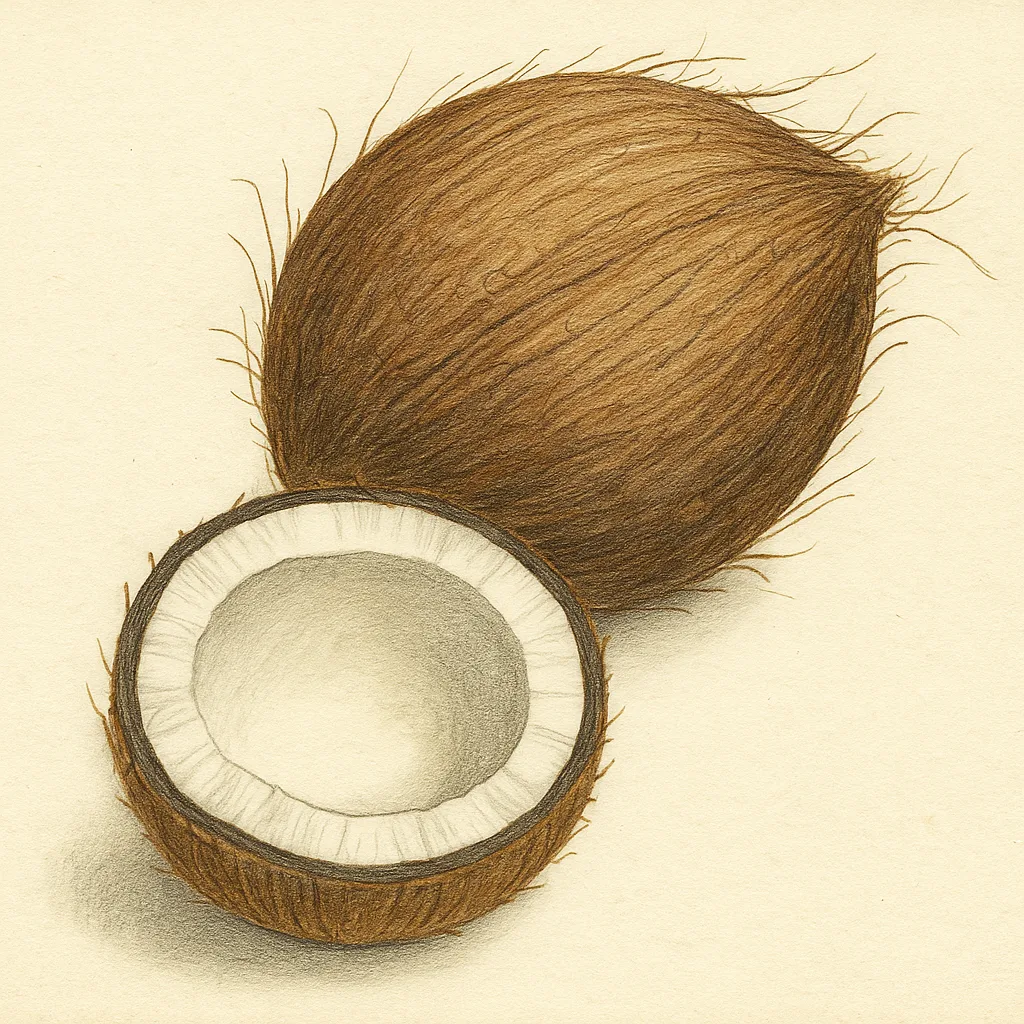
10. Coconut – The Nutty Fruit
Coconuts throw a lot of people off – the name, the shell, the whole vibe. You’d think they were nuts, but they’re actually drupes – a kind of fruit with a hard outer layer and a single seed inside.
Is coconut a fruit or nut?
Coconut is a fruit because it develops from the flower of a palm tree and contains a seed. So, when people ask: is coconut a fruit or nut? – the answer is fruit. More specifically, a drupe. That’s the heart of the coconut botanical classification.
Breaking down the layers
Coconuts have three layers:
- Exocarp – the smooth outer skin
- Mesocarp – the stringy middle layer
- Endocarp – the hard shell wrapped around the seed
Crack one open and you get to the flesh and coconut water – all part of the same fruit package.
Used like a nut, classified as a fruit
They grow on palm trees, just like any proper fruit. And because they’ve got that rich, creamy texture with a hint of sweetness, you’ll find them in everything from spicy curries to cakes, smoothies, and tropical drinks.
So, even if the name’s misleading, next time you’re cracking one open or sipping from a carton, just remember – coconuts are fruit. Tough on the outside, tasty on the inside, and full of surprises.
Why Knowing the Difference Between Fruits and Vegetables Matters
Understanding the difference between fruits and vegetables isn’t just a quirky bit of trivia – it’s proper useful. Whether you’re out in the garden, cooking up dinner, or just like knowing how things work, it helps you see food in a whole new light.
🌱 For Gardeners
Knowing what counts as a fruit can change how you plan and care for your patch. Fruiting plants often need more attention – from pollination and pruning to when and how you harvest. A little knowledge here can make a big difference to your yield. Understanding the botanical classification of fruits also helps with seed-saving and companion planting.
🍳 For Cooks
Once you realise things like courgettes and cucumbers are fruits, it opens up new ideas. Maybe that courgette ends up in a cake next time, or you try pickling it with a different twist. Grasping the difference between fruits and vegetables changes how you flavour, prepare, and even combine ingredients. It encourages more creative, seasonal cooking.
📚 For the Curious-Minded
It’s also just interesting. The more we learn about what we eat, the more connected we feel to it. You start seeing stories in your salad and science in your stir-fry – and that’s never a bad thing. The importance of fruit classification reaches beyond the kitchen; it ties into botany, ecology, and culture.
So whether you’re digging, chopping, or just asking questions, knowing these fruity facts adds another layer to the mix – and probably wins you a few points at the next pub quiz.
FAQs
Still got questions about why some fruits get called vegetables? These quick answers clear things up – from how we cook them to how they grow.
Q: Why do we call them vegetables in cooking if they’re technically fruits?
A: It’s all down to the botanical vs culinary definition of fruit. In the kitchen, we go by flavour, not science. If something’s savoury, we tend to call it a veg – even if, on paper, it’s technically a fruit. It just makes life easier when planning dinner.
Q: Is it okay to keep calling them vegetables?
A: Yep, no problem at all. If you’re wondering, is it wrong to call fruit a vegetable? – it’s really not. These labels work fine for day-to-day cooking and chat. Knowing the science is great, but no one’s going to pull you up for calling a tomato a veg – unless you’re mid-pub quiz.
Q: Do fruits and vegetables grow differently?
A: They do, and it matters if you’re growing your own. Fruits form from flowers and carry seeds. Vegetables, though, can come from all sorts of places – roots like carrots, stems like celery, or leaves like lettuce. That affects how you care for them and when you harvest. Understanding how fruits and vegetables grow differently helps with planning and yield.
Q: Are there other surprising fruits not on this list?
A: Loads! Examples of unexpected fruits include olives, okra, and even corn kernels – all count as fruit if we’re talking botany. The more you dig into plant science, the more curveballs you’ll find. It’s all part of the fun.
Conclusion: Rethinking What Belongs in the Fruit Bowl
Turns out, your veg drawer’s been telling porkies. From the humble tomato to the mighty coconut, it’s packed with undercover fruits.
Once you get your head around the difference between fruits and vegetables – what’s a fruit by science and what we call a veg in the kitchen – everything changes. Whether you’re growing your own, rustling up dinner, or just chatting food with mates, knowing what’s what helps you feel more connected to what’s on your plate.
And once you spot it, you can’t unsee it. That cucumber in your salad? Fruit. The avo on toast? Fruit again. Even those peas in your freezer? Yep – technically fruit. Before you know it, the fruit bowl needs an extension.
Many common vegetables like cucumbers, avocados, and tomatoes are actually fruits by botanical definition. Understanding the difference between fruits and vegetables brings clarity to gardening, cooking, and even food shopping.
So next time someone throws out the old “Did you know tomatoes are fruit?” line, you’ll be ready – with nine more fruity curveballs in your back pocket.
Go on – pass it on. Let’s give the fruit bowl the credit it deserves. For a wide range of fruit and vegetable seeds, visit the official Suttons Seeds website.





